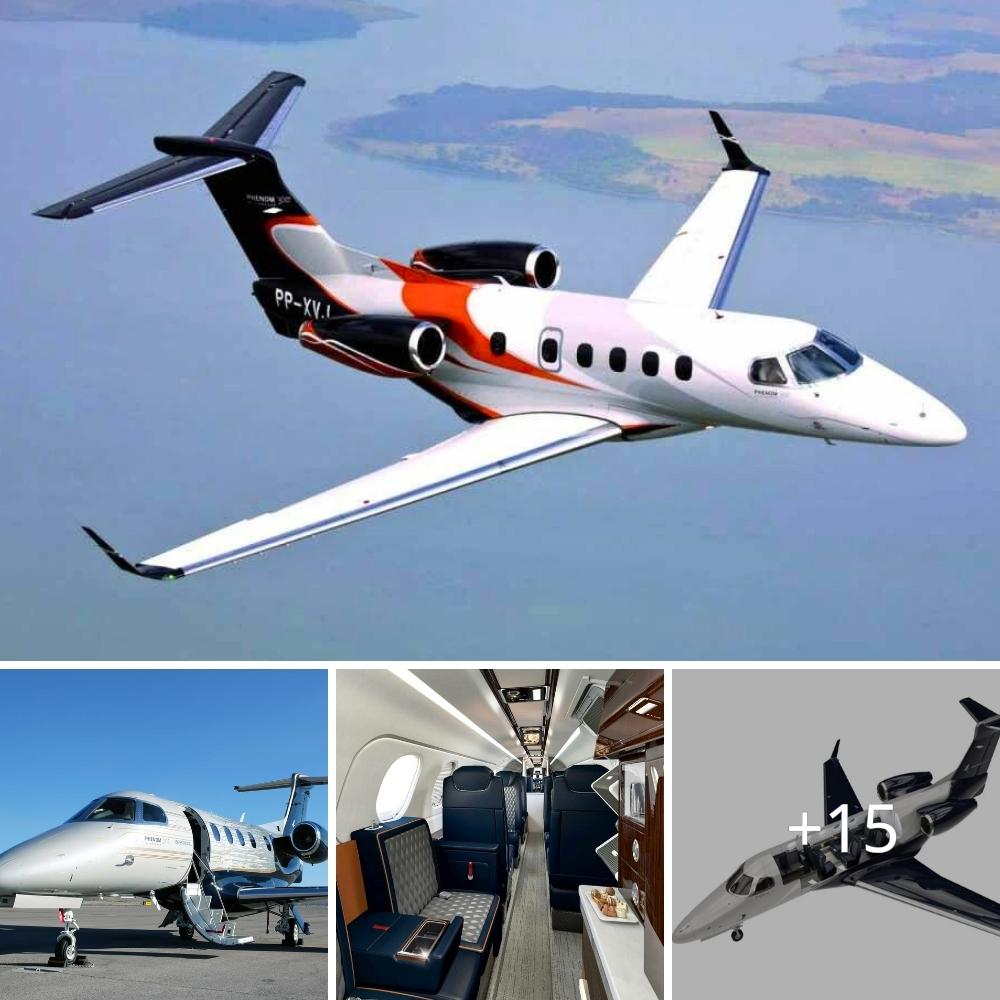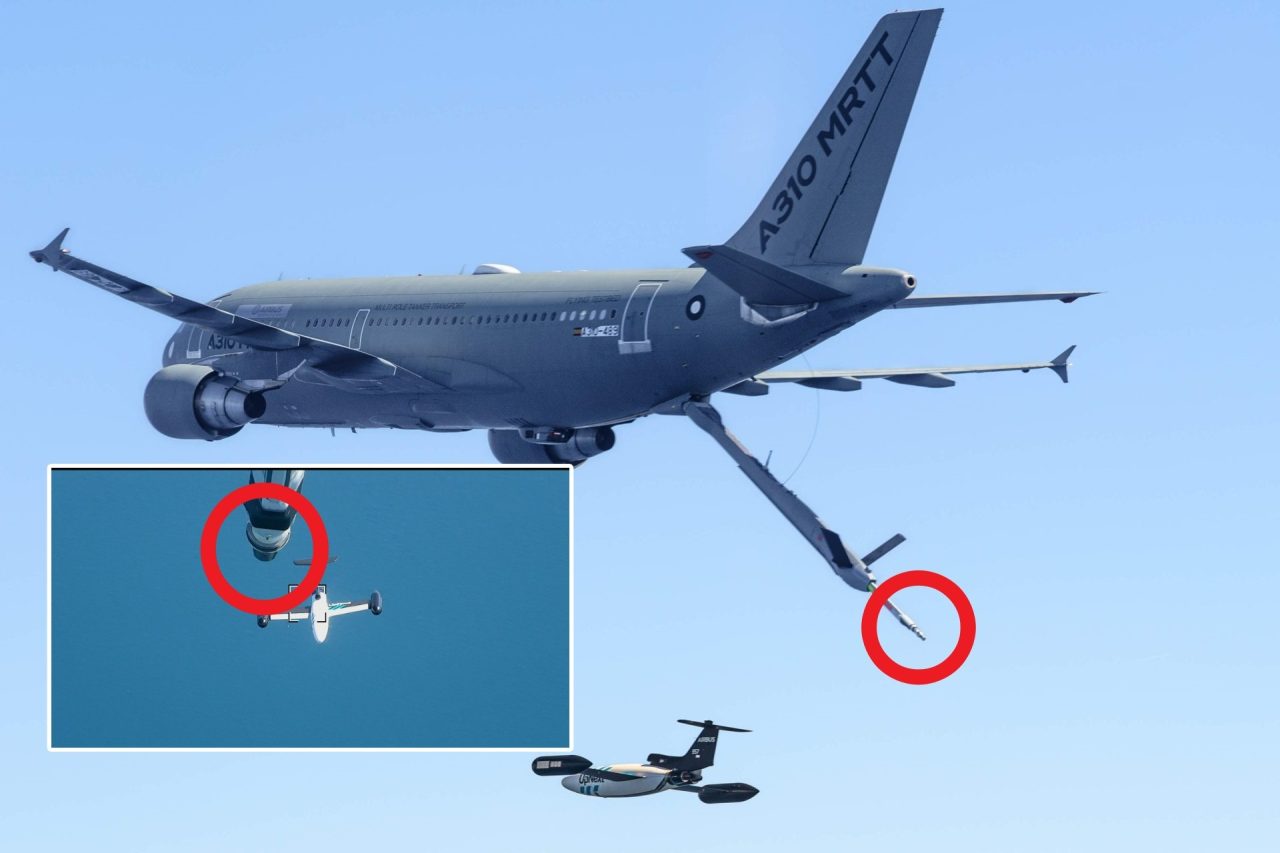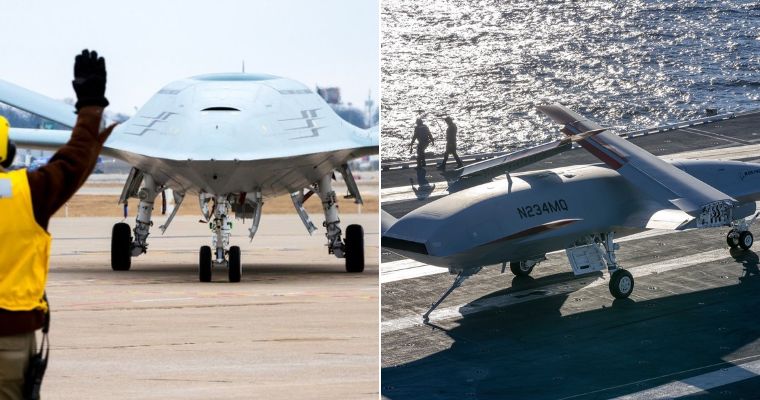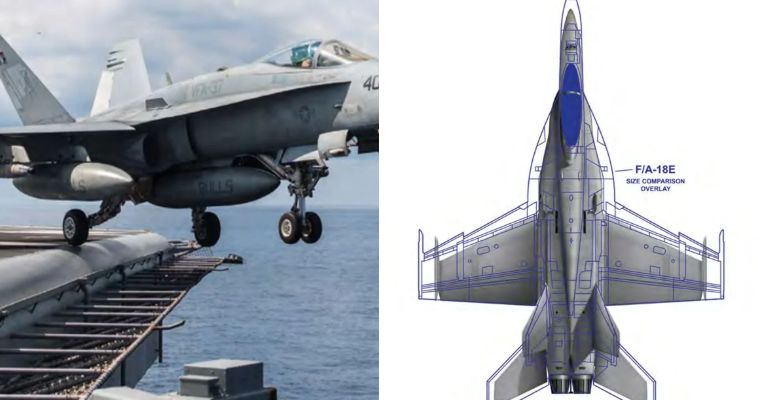On June 15, Airbus’ first A321XLR (Xtra Long Range) airliner completed its maiden flight over Hamburg-Finkenwerder Airport with test pilots Thierry Diez and GabrielDiaz de Villegas Giron at the controls for a four-hour shakedown systems test.

Ever since the introduction of the Jumbo Jets in the 1970s, long-haul air routes have been dominated by wide-body, twin-aisle jets that can carry hundreds of people between large hub airports. Today, a combination of advancing technology, a changing global market, and adjustments to a post-pandemic world has produced a growing demand for airliners that have the range of larger jets, but with a smaller capacity.

Scheduled to enter service in early 2024, the A321XLR is based on the A321neo and is the latest in the A320 family of narrow-body single-aisle aircraft. While sharing many features with its predecessor, the A321XLR has a newly designed rear-center tank and fuel system, plus a new center wing box to support the extra weight.

The result is an airliner that can carry 180 to 220 passengers on flights lasting up to 11 hours for a range of 4,700 nm ( 5,400 miles, 8,700 km). According to Airbus, it enjoys 30 percent better fuel efficiency per seat over previous-generation aircraft with reduced NOx emissions and noise.

About 500 orders have already been secured for the A321XLR and Airbus’ biggest competitor, Boeing, has not indicated that it plans to build a rival single-aisle XLR of its own.
“This is a major milestone for the A320 Family and its customers worldwide,” said Philippe Mhun, Airbus EVP Programmes and Services. “With the A321XLR coming into service, airlines will be able to offer long-haul comfort on a single aisle aircraft, thanks to its unique Airspace cabin. The A321XLR will open new routes with unbeatable economics and environmental performance.”
Source: Airbus








